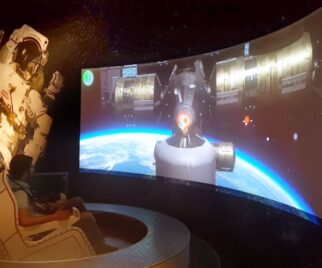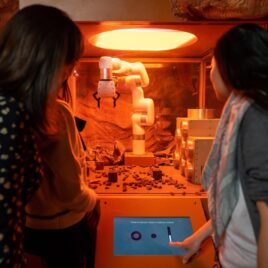Interactive biology exhibits within science centers and children’s museums emerge as dynamic portals, unraveling the wonders of life through engaging and hands-on experiences. These exhibits, each a unique facet of the biological world, collectively contribute to a rich and immersive learning environment. Let’s explore a curated list of interactive biology exhibits, and delve into why they play a pivotal role in the educational tapestry of a science center or a venue with a biology themed gallery.

Interactive Biology Exhibits: A Curated List
- Hamster Wheel
- Skeleton Biker
- Golden Ratio
- Biomimicry
- Seeds
- Fingerprints
- Digital Microscope
- Sneeze
- Heartbeat Drum
- Senses Station
- Dizzy Tunnel
- Elements in Human Body
- Human Body Systems
- Homunculus
- Silence Race (Out Quiet Yourself and Quiet Quest)
- Human Brain
- Infants Miracle
- Infrared Camera
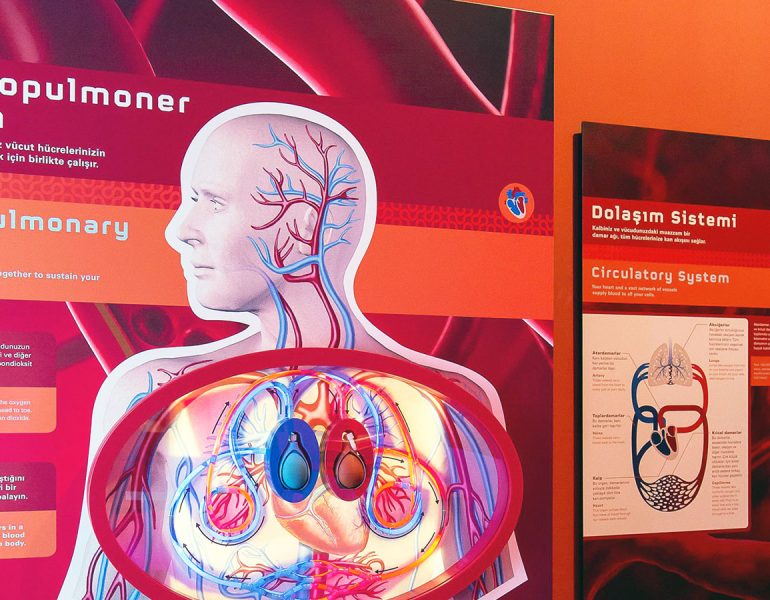
The Importance of Interactive Biology Exhibits
1. Bridging the Gap Between Theory and Experience:
Interactive equipment transform abstract biological concepts into tangible experiences. Visitors don’t just read about biology; they touch, interact, and witness the principles in action, creating a bridge between theoretical knowledge and real-world applications.
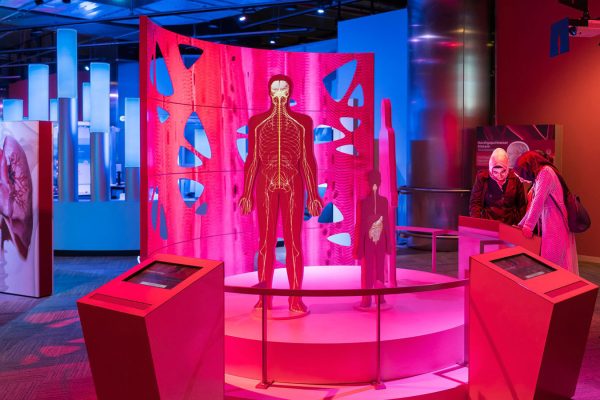
2. Fostering Curiosity and Engagement:
The hands-on nature of these interactive exhibits sparks curiosity, encouraging visitors to actively explore and question. This engagement fosters a love for learning and a genuine interest in the intricacies of biology.

3. Multi-Sensory Learning:
By incorporating various senses, these interactive exhibits provide a multi-dimensional learning experience. Whether feeling the heartbeat drum or exploring a digital microscope, visitors engage with biology on a sensory level, enhancing their understanding.
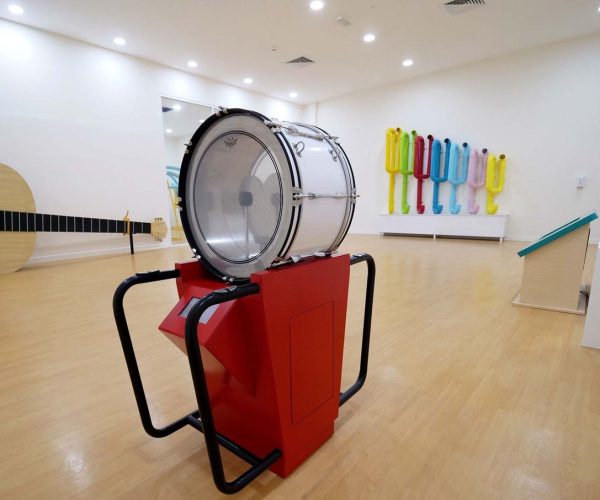
4. Real-World Application of Biological Concepts:
From understanding the golden ratio in nature to exploring biomimicry, these interactive exhibits showcase the real-world applications of biological concepts. Visitors see how nature’s designs influence innovation and problem-solving.
5. Making Complex Topics Accessible:
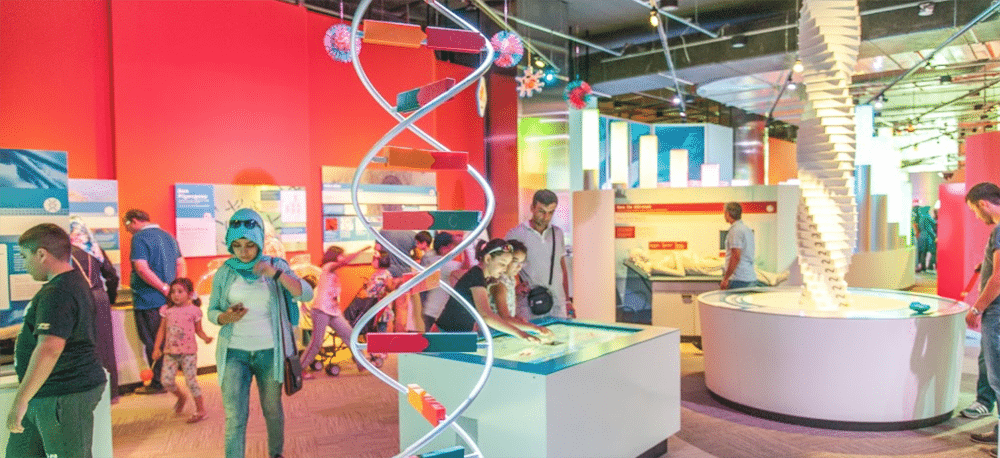
The complexity of biology can be daunting, but interactive exhibits break down these complexities into digestible components. Visitors, regardless of age or background, can grasp intricate biological principles through interactive engagement.
6. Encouraging Lifelong Learning:
The interactive nature of these exhibits instills a sense of wonder and curiosity that extends beyond the science center or museum visit. Visitors are inspired to continue exploring and learning about biology in their everyday lives.
7. Inspiring Future Scientists:
For young minds, these interactive experiences can be the spark that ignites a passion for science. By creating positive and exciting experiences, interactive biology exhibits may inspire the next generation of biologists, researchers, and innovators.
8. Community Education and Outreach:
Science centers and museums serve as educational hubs within communities. Interactive biology exhibits provide a valuable resource for schools, families, and individuals seeking to expand their knowledge of the natural world.
In conclusion, interactive biology exhibits play a crucial role in the tapestry of a science center or museum, weaving together education, engagement, and inspiration. As visitors interact with these exhibits, they embark on a journey into the heart of life sciences, gaining a deeper appreciation for the wonders of biology. Science centers and museums, through these interactive experiences, become not just repositories of knowledge but vibrant spaces that nurture curiosity and a lifelong love for learning.


